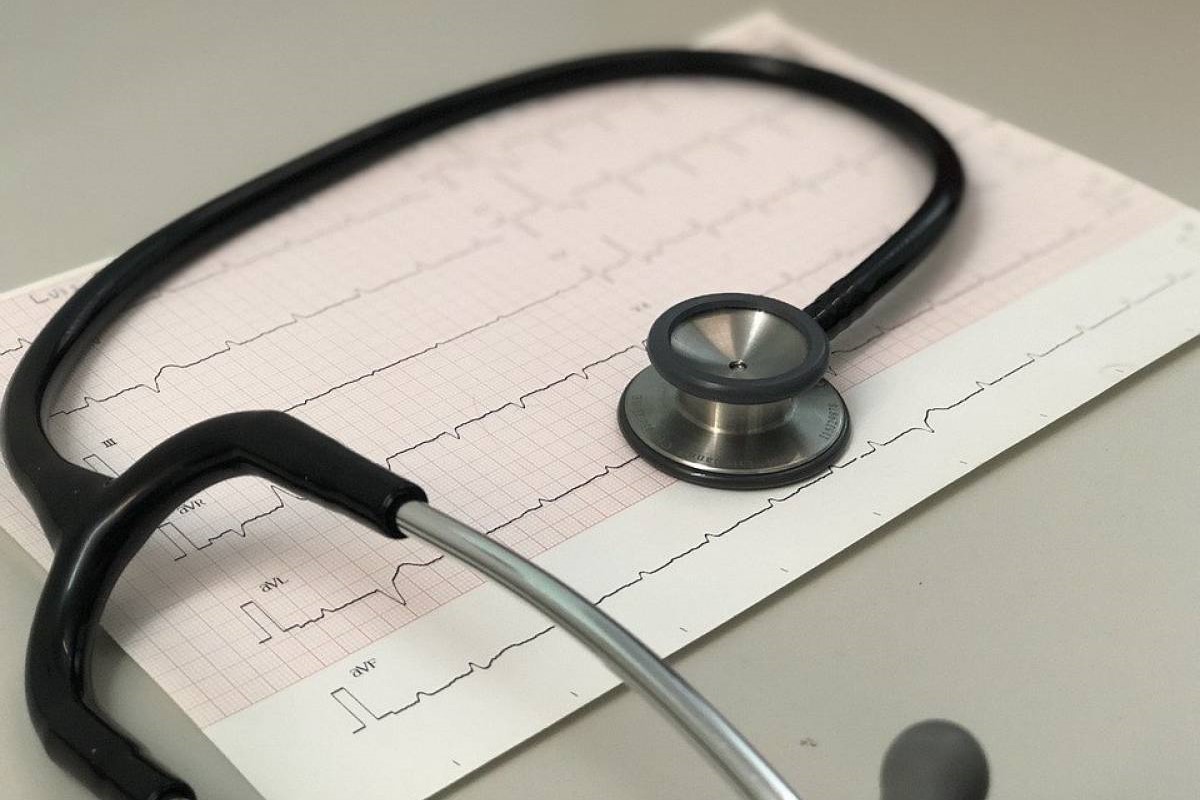
Diseases of the heart: postural orthostatic tachycardia (POTS)
Postural orthostatic tachycardia (POTS) is a dysfunction characterized by an exaggerated and sustained increase in heart rate during standing
Postural orthostatic tachycardia (POTS from Postural Orthostatic Tachycardia Syndrome) is a form of neurovegetative dysfunction
It is characterized by an exaggerated and sustained increase in heart rate during standing (orthostatism), in the absence of significant drops in blood pressure.
In most cases, postural orthostatic tachycardia is a compensatory mechanism for maintaining arterial pressure at adequate levels in people in whom peripheral vasoconstriction is inadequate.
Peripheral vasoconstriction may be inadequate for several reasons:
- Marked physical deconditioning (e.g., after prolonged bedding);
- Autoimmune diseases;
- Neurological diseases;
- Genetic causes (e.g., collagenopathies causing hyperlaxity of vascular connective tissue).
Other mechanisms include forms of postural orthostatic tachycardia from sympathetic nervous system overactivity or from alteration of the renin-angiotensin hormone axis.
Several mechanisms may coexist in the same patient.
Typical symptoms of postural orthostatic tachycardia occur during standing and include:
- Palpitations;
- Symptoms of reduced blood supply to the brain (cerebral hypoperfusion): dizziness, blurred vision, recurrent episodes of sudden and transient loss of consciousness (syncopal episodes);
- Symptoms of sympathetic overactivation: tremors, sweating, and acrocyanosis (bluish coloring of the body extremities: hands, feet, nose, ears).
In addition, cerebral hypoperfusion and chronic sympathetic overactivation can lead to non-cardiovascular and non-orthostatic symptoms such as chronic fatigue, frequent headaches, recurrent nausea and abdominal pain, sleep disturbances, anxiety, and inability to concentrate.
The diagnosis of postural orthostatic tachycardia is clinical and based on:
- Careful collection of the patient’s history looking for orthostatic and nonorthostatic symptoms;
- Exclusion of pathological forms of tachycardia through cardiologic examination and electrocardiogram (ECG);
- Exclusion of causes of tachycardia secondary to other diseases (e.g., anemia, dehydration, hyperthyroidism) by medical examination and blood draw.
Any further investigations (e.g., neurological examination, echocardiogram, 24-hour electrocardiogram according to Holter) will be guided by the outcome of these first-level investigations.
The excessive tachycardic response to orthostatic stress that characterizes patients with orthostatic postural tachycardia is documented through a simple and noninvasive test
The 10-minute active standing test (AST), which consists of monitoring by electrocardiogram and blood pressure of the patient for 10 minutes in clinostatism (lying down), during rapid transition to orthostatism, and during orthostatism for another 10 minutes.
This test has the advantage over tilt testing in that it is faster, does not require special electromedical equipment, and more naturally reproduces the orthostatic stress mechanism from which Postural Orthostatic Tachycardia originates. It can also be performed in school-aged children.
The tilt test is conducted with the child secured to a tilt crib that can move from horizontal to vertical position and involves continuous recording of blood pressure and heart rate.
Treatment of postural orthostatic tachycardia relies primarily on dietary and behavioral measures that include:
- Proper hydration (≈2 liters of water per day);
- High sodium intake;
- Constant exercise to both strengthen lower extremity muscles and train the heart;
- Use of restraining stockings to help venous return.
Patients also need to avoid situations that may worsen symptoms (e.g., very hot places, standing still for a long time).
Drug therapy is reserved for cases of postural orthostatic tachycardia in which the symptomatology impairs quality of life and the application of dietary-behavioral rules has had no effect.
The drugs used act by reducing heart rate (e.g., beta-blockers), increasing sodium reabsorption and thus circulating blood volume (e.g., fludrocortisone) or increasing blood pressure (e.g., midodrine).
However, there is no scientific evidence to prove the effectiveness of drug therapy.
Psychological support is often of great importance.
Regarding prognosis, the application of dietary-behavioral norms allows, in the majority of cases of Postural Orthostatic Tachycardia, to significantly alleviate symptoms.
However, in some cases, nonpharmacological and pharmacological interventions are poorly effective, and Postural Orthostatic Tachycardia can adversely affect quality of life, as it makes it difficult for an individual to carry out normal daily activities.
Read Also:
Emergency Live Even More…Live: Download The New Free App Of Your Newspaper For IOS And Android
Supraventricular Tachycardia: Definition, Diagnosis, Treatment, And Prognosis
Identifying Tachycardias: What It Is, What It Causes And How To Intervene On A Tachycardia
Tachycardia: Is There A Risk Of Arrhythmia? What Differences Exist Between The Two?
Do You Have Episodes Of Sudden Tachycardia? You May Suffer From Wolff-Parkinson-White Syndrome (WPW)
Transient Tachypnoea Of The Newborn: Overview Of Neonatal Wet Lung Syndrome
Paediatric Toxicological Emergencies: Medical Intervention In Cases Of Paediatric Poisoning
Valvulopathies: Examining Heart Valve Problems
What Is The Difference Between Pacemaker And Subcutaneous Defibrillator?
Heart Disease: What Is Cardiomyopathy?
Inflammations Of The Heart: Myocarditis, Infective Endocarditis And Pericarditis
Heart Murmurs: What It Is And When To Be Concerned
Broken Heart Syndrome Is On The Rise: We Know Takotsubo Cardiomyopathy
Cardiomyopathies: What They Are And What Are The Treatments
Alcoholic And Arrhythmogenic Right Ventricular Cardiomyopathy
Difference Between Spontaneous, Electrical And Pharmacological Cardioversion
What Is Takotsubo Cardiomyopathy (Broken Heart Syndrome)?
Dilated Cardiomyopathy: What It Is, What Causes It And How It Is Treated
Heart Pacemaker: How Does It Work?
Basic Airway Assessment: An Overview
Assessment Of Abdominal Trauma: Inspection, Auscultation And Palpation Of The Patient
Pain Assessment: Which Parameters And Scales To Use When Rescuing And Treating A Patient
Airway Management After A Road Accident: An Overview
Tracheal Intubation: When, How And Why To Create An Artificial Airway For The Patient
What Is Traumatic Brain Injury (TBI)?
Acute Abdomen: Meaning, History, Diagnosis And Treatment
Poison Mushroom Poisoning: What To Do? How Does Poisoning Manifest Itself?
Chest Trauma: Clinical Aspects, Therapy, Airway And Ventilatory Assistance
The Quick And Dirty Guide To Pediatric Assessment
EMS: Pediatric SVT (Supraventricular Tachycardia) Vs Sinus Tachycardia


